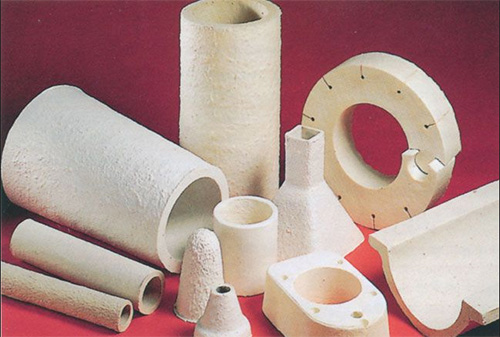- 29
- Dec
Take the breathable brick as an example, briefly describe the basic knowledge of refractory materials
Pran an brik rèspirant kòm yon egzanp, yon ti tan dekri konesans debaz nan materyèl refractory
For steel manufacturers and refractory materials industry, breathable bricks are very important and common refractory products; taking breathable bricks as an example, this article discusses the refractory materials from the four aspects of thermal conductivity, specific heat capacity, refractoriness, and load softening temperature. Basic knowledge.

(Foto) Refractory
Tèmik konduktiviti nan materyèl refractory: konduktiviti tèmik endike konduktiviti tèmik nan yon sibstans. Pi gwo konduktiviti tèmik la, se pi bon kondiktè tèmik la. Dansite brik ki pèmeyab lè louch se pi gwo, epi konduktiviti tèmik la se pi gwo.
Specific heat capacity of refractory materials: Specific heat capacity represents the heat absorption or heat dissipation capacity of an object. The larger the specific heat capacity, the stronger the corresponding heat absorption or heat dissipation capacity. The specific heat capacity of ventilated bricks is related to its baking and cooling time.
Refractoriness of refractory materials: As mentioned in the previous article, it is a technical indicator that integrates the chemical composition, dispersion, proportion and viscosity of the liquid phase contained in the material. Refractoriness is one of the important indicators of refractory materials. Refractory materials need to be able to withstand the high temperature of the use scene during use; for ventilating bricks, if the temperature of molten steel is too high, it will not only affect the life of the ventilating bricks, but even cause major leaks, etc. accident.
Tanperati ralantisman chaj nan materyèl refractory: Li endike rezistans nan materyèl la nan tanperati ki wo ak chaj an menm tan an. Pwodwi refractory gen gwo fòs konpresiv nan tanperati chanm, men apre yo fin chaje nan tanperati ki wo, yo pral defòme epi redwi fòs konpresiv yo.
